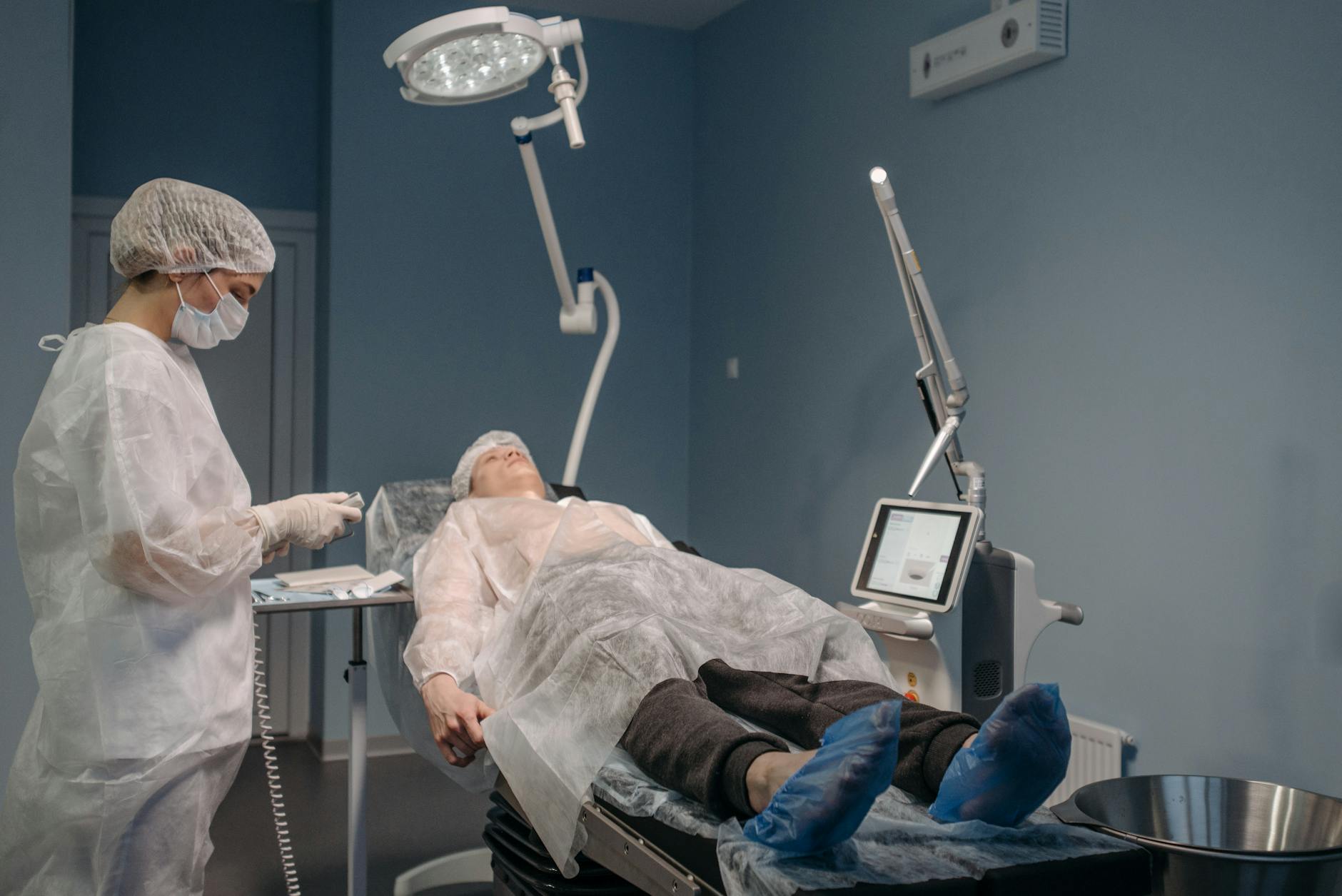
LASIK Offers Clear Vision Almost Instantly
Waking up and seeing clearly without glasses feels life-changing. LASIK surgery often delivers quick results. During LASIK, the surgeon creates a tiny flap on the cornea. The laser reshapes the underlying tissue precisely. Vision usually improves within hours, making recovery extremely fast. Most people resume daily tasks the following day. Busy professionals especially appreciate this swift recovery. There’s little interruption to everyday responsibilities.
PRK Is Ideal for Thin or Irregular Corneas
Sometimes LASIK isn’t an option due to corneal structure. PRK provides a safe alternative for these situations. Unlike LASIK, PRK doesn’t involve creating a corneal flap. Instead, it gently removes the outer corneal layer. The laser reshapes directly on the corneal surface. Healing takes longer because this outer layer must regenerate. Patients typically experience full vision improvement within weeks. Though recovery is slower, results can be equally impressive.
LASIK Recovery Is Typically Quick and Comfortable
After LASIK, patients often notice improved vision almost immediately. Mild discomfort or dryness usually resolves quickly. Many patients report clear vision by the very next morning. The convenience makes LASIK incredibly popular among those with busy lives. Driving and normal activities can resume within one or two days. This quick turnaround appeals to those who can’t afford lengthy downtime. LASIK’s ease of recovery significantly influences patient preference.
PRK Recovery Demands Patience but Offers Stability
Recovery from PRK requires patience due to slower healing. Initially, patients experience blurry vision, sensitivity, and mild discomfort. Typically, vision gradually improves within the first week after surgery. Complete visual clarity may take up to a month or more. However, PRK creates fewer long-term complications related to corneal flaps. Stability over time is one of PRK’s biggest advantages. Athletes and individuals in high-impact occupations prefer PRK for long-term safety.
LASIK Is Popular Among Office Workers and Professionals
LASIK’s appeal isn’t limited to medical benefits alone. Its minimal downtime attracts professionals who need quick recoveries. Those who spend long hours at desks or computers appreciate LASIK’s immediate results. After a weekend recovery, most return seamlessly to their normal routine. No extensive absence from work or significant disruption to productivity occurs. This convenience strongly influences professionals to choose LASIK. It aligns perfectly with their demanding lifestyles and busy schedules.
PRK Is Favored by Athletes and Military Personnel
People who frequently face physical risks prefer PRK surgery. The absence of a corneal flap provides structural integrity under physical stress. Soldiers, police officers, and athletes find PRK especially appealing. They appreciate the durability and safety during physically demanding activities. Even though recovery is longer, PRK’s stable outcomes attract these individuals. The procedure offers them peace of mind regarding potential eye injuries. It’s not just a choice about vision correction, but long-term safety.
LASIK Requires Adequate Corneal Thickness
Corneal thickness plays a critical role when choosing LASIK. Surgeons carefully assess this factor before recommending the procedure. Creating the corneal flap necessitates sufficient corneal thickness. Those with thinner corneas risk complications, making LASIK inappropriate. Patients must undergo detailed testing before LASIK approval. Surgeons use advanced diagnostic tools to ensure each patient’s safety. It’s crucial to consider this factor during preoperative assessments.
PRK Can Safely Treat Thinner Corneas
When corneal thickness is insufficient for LASIK, PRK is often recommended. PRK surgery doesn’t require flap creation, making thinner corneas suitable. Patients initially hesitant about PRK’s recovery time often reconsider after consultations. The long-term safety profile becomes convincing despite slower healing. Many appreciate that PRK enables vision correction previously thought impossible. It expands the opportunity for clear vision to a broader patient group. Ultimately, it ensures safety and effectiveness when LASIK is unsuitable.
Both LASIK and PRK Have High Success Rates
Success rates for both LASIK and PRK procedures remain very high. Patients typically achieve significant improvements in vision without corrective lenses. Both surgeries use precision lasers, ensuring accurate outcomes. Surgeon skill, patient eligibility, and postoperative care strongly influence final results. With advanced technologies today, both procedures reliably deliver good vision. The difference lies mostly in recovery times and structural methods. Both remain popular for vision correction because of their consistent success.
LASIK May Have Slightly Higher Risk Due to the Corneal Flap
The creation of the corneal flap in LASIK introduces specific potential risks. Though rare, complications such as flap dislocation or infections can occur. Surgeons mitigate risks through meticulous procedural techniques. Proper postoperative care also greatly reduces complications. Patients should clearly understand these slight additional risks compared to PRK. Careful consideration of personal lifestyle and activities influences decision-making. Choosing LASIK involves understanding these risks in detail.
PRK Eliminates Flap-Related Risks but Requires Longer Healing
The lack of a corneal flap in PRK eliminates certain risks inherent in LASIK. There’s no risk of flap displacement or flap-related infections after surgery. However, PRK’s trade-off is a longer and more demanding recovery period. Patients must commit to careful postoperative care for optimal outcomes. PRK requires disciplined adherence to prescribed eye drops and follow-up visits. For those prioritizing long-term safety over immediate comfort, PRK makes sense. Understanding these factors helps patients choose what’s best personally.
Personal Lifestyle Significantly Impacts Procedure Choice
Each patient’s lifestyle greatly influences the decision between LASIK and PRK. Active individuals concerned about flap stability typically lean toward PRK. Office professionals usually favor LASIK due to shorter downtime and convenience. A thorough evaluation with the surgeon clarifies personal preferences and priorities. Doctors consider lifestyle, career, and hobbies when advising the ideal choice. Discussing detailed lifestyle information ensures the best possible surgical decision. It’s crucial to choose based on individual needs, not just medical eligibility.
Cost Differences Are Usually Minimal Between LASIK and PRK
Many people worry about potential cost differences between these surgeries. Generally, pricing for LASIK and PRK is quite similar. Factors like geographic location, technology used, and surgeon expertise impact costs more significantly. Insurance rarely covers elective vision correction, though financing options exist. Patients should confirm pricing during initial consultations with providers. Transparent discussions about costs prevent surprises later. Ultimately, cost should be only one of several factors considered.
Both Procedures Provide Permanent Results
LASIK and PRK permanently alter the corneal structure to correct vision. Results typically last indefinitely, barring age-related vision changes. Conditions like presbyopia or cataracts can still develop naturally over time. Neither procedure prevents these conditions, which affect focusing ability later in life. However, the corrective outcomes for nearsightedness, farsightedness, or astigmatism are stable. Both LASIK and PRK offer lifelong freedom from glasses or contacts. Patients should anticipate ongoing routine eye care regardless of surgical choice.
Consultation With an Experienced Surgeon Is Essential
Ultimately, expert consultation remains critical in deciding between LASIK and PRK. Surgeons provide detailed evaluations, explaining individual pros and cons clearly. Patients should openly discuss expectations, fears, and lifestyle considerations. Honest conversations enable surgeons to recommend the safest, most effective procedure. Detailed testing and thorough conversations provide reassurance throughout the decision process. Expert guidance ensures optimal visual outcomes and patient satisfaction. Personal choice becomes easier with comprehensive medical advice.
LASIK and PRK each offer distinct benefits, from rapid recovery to long-term safety, making personalized consultation essential before deciding.
